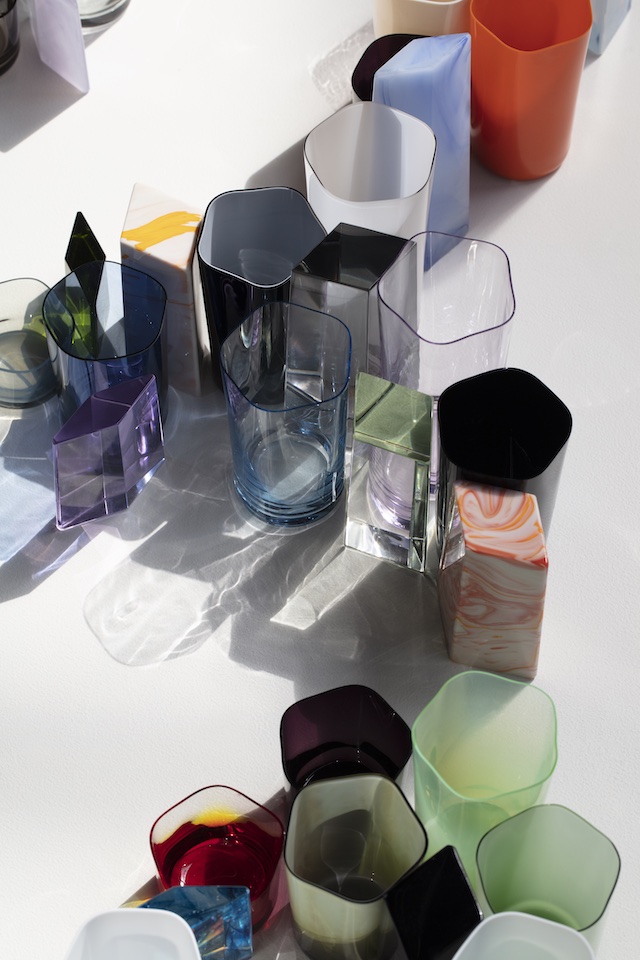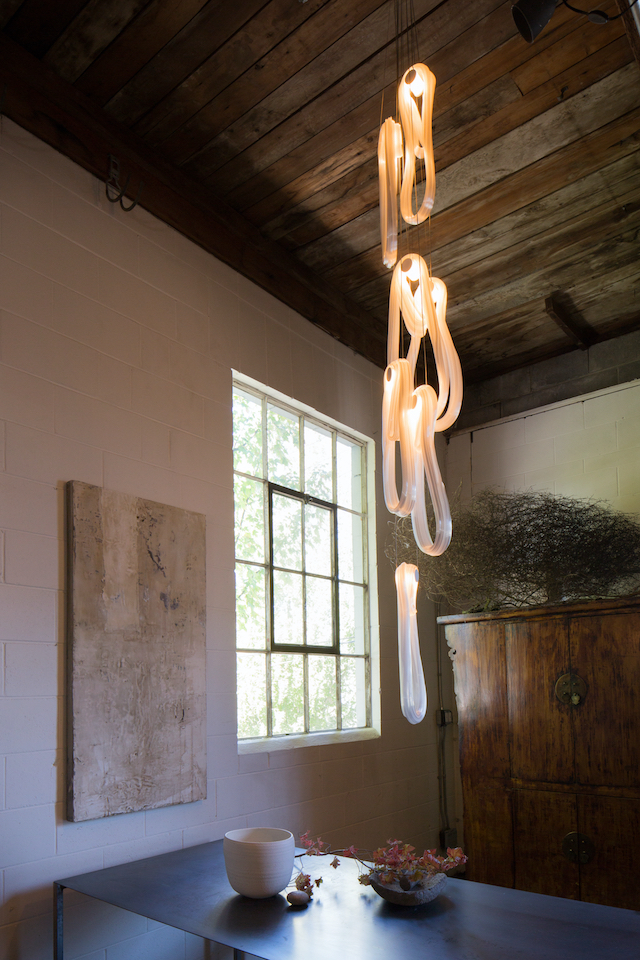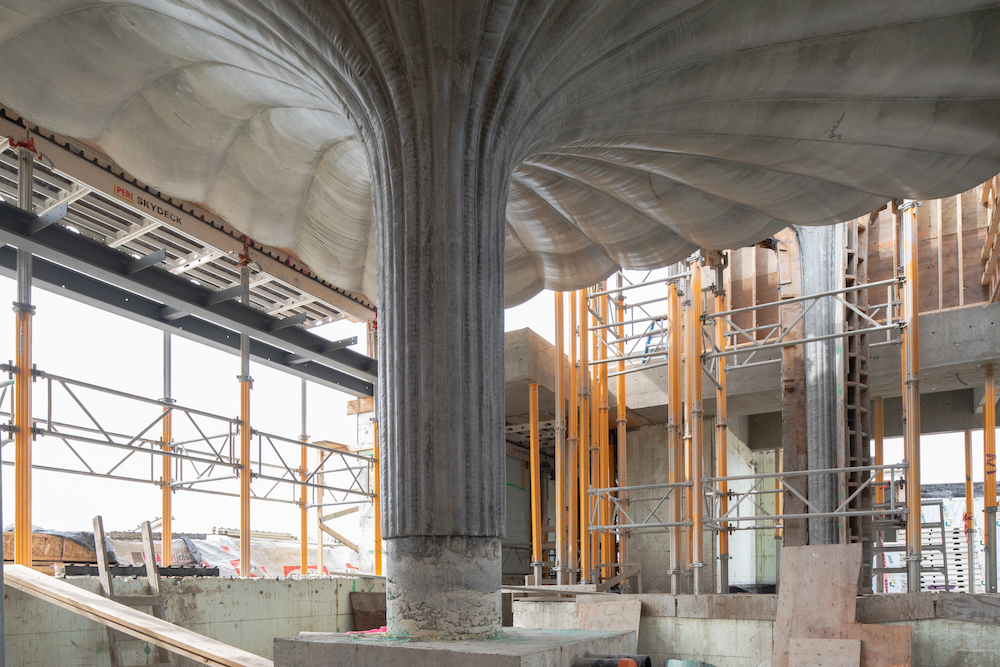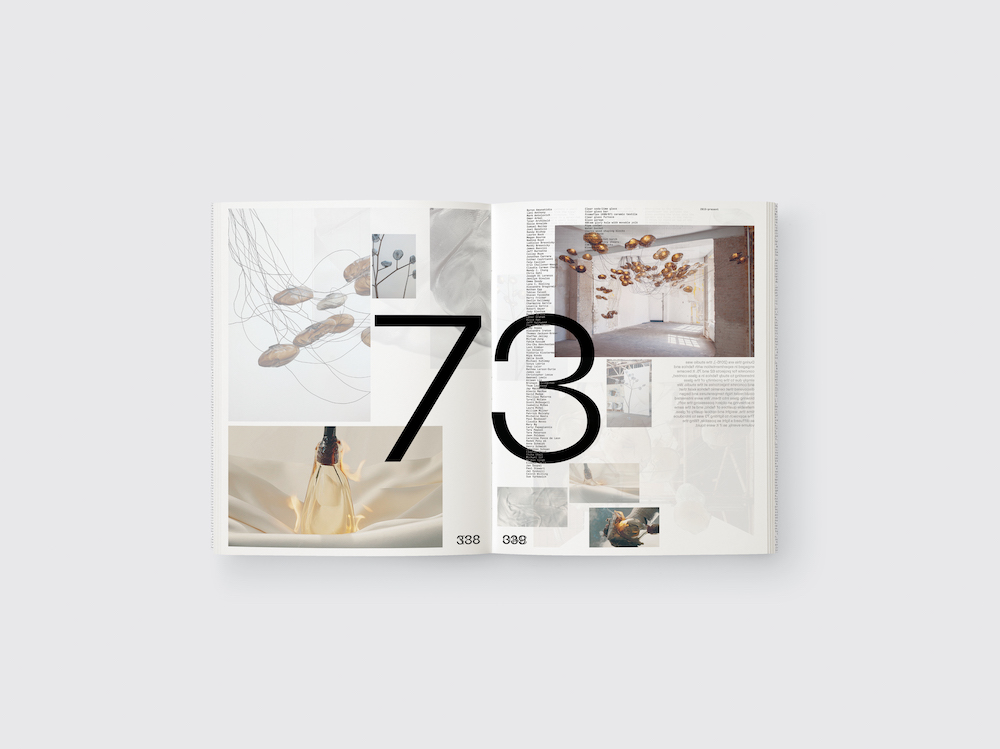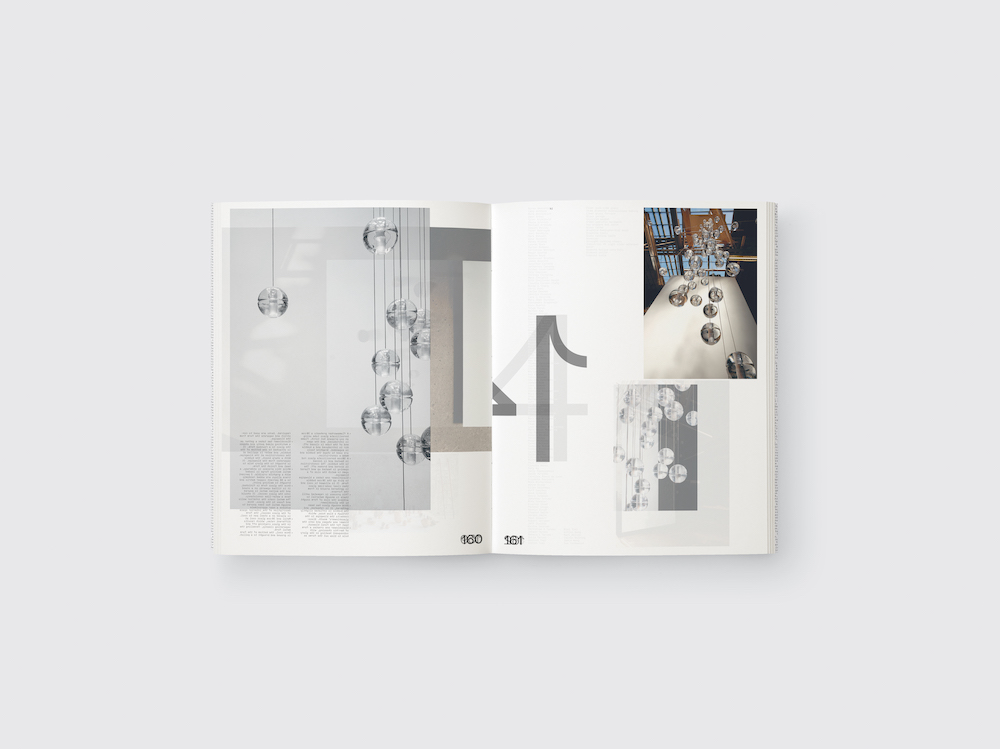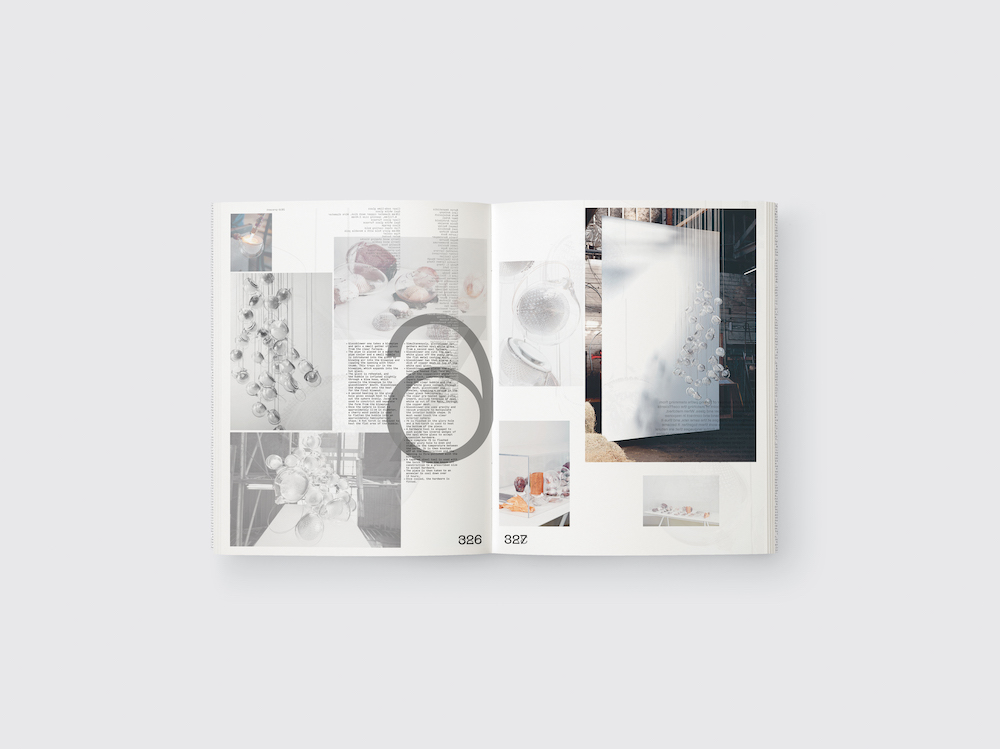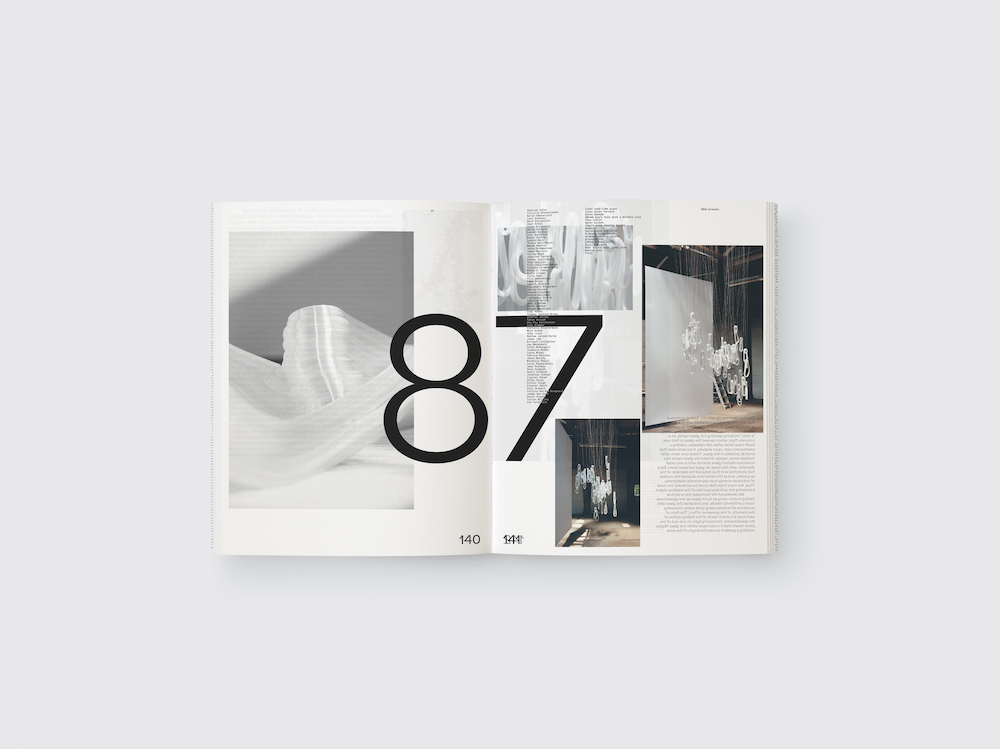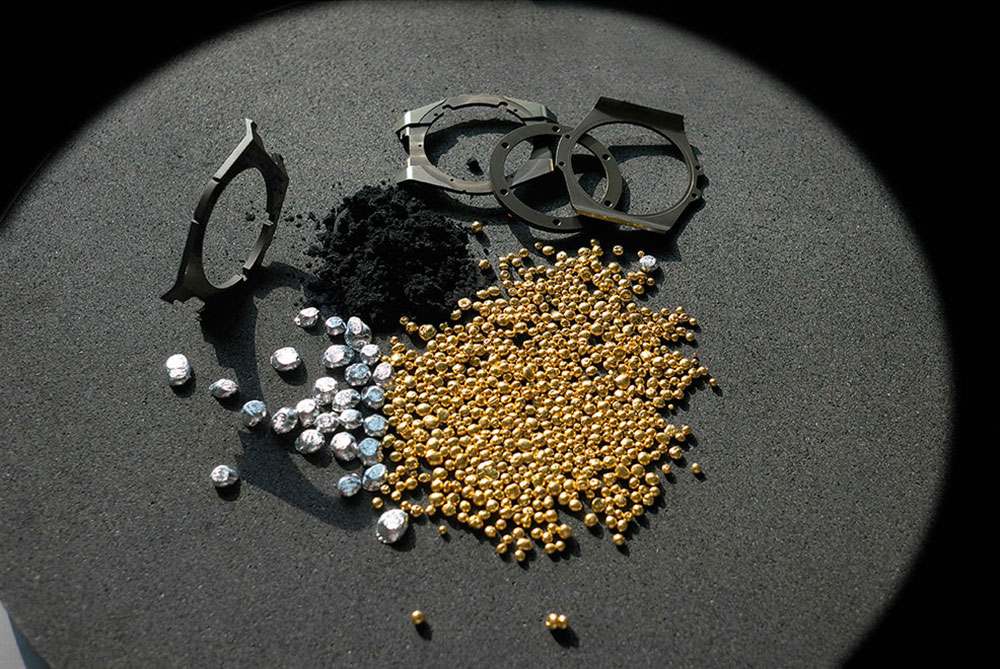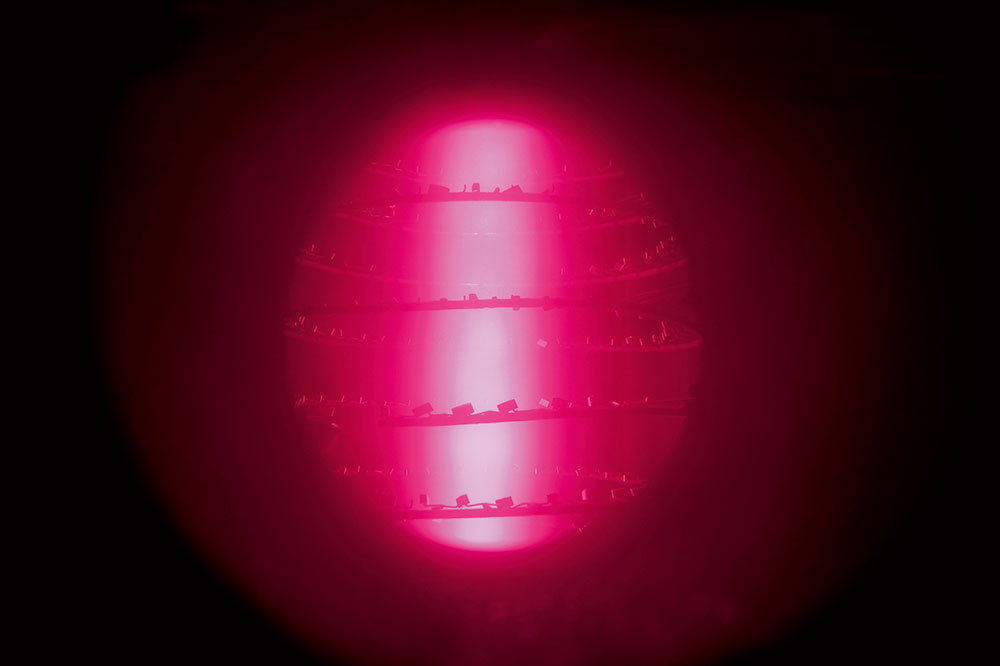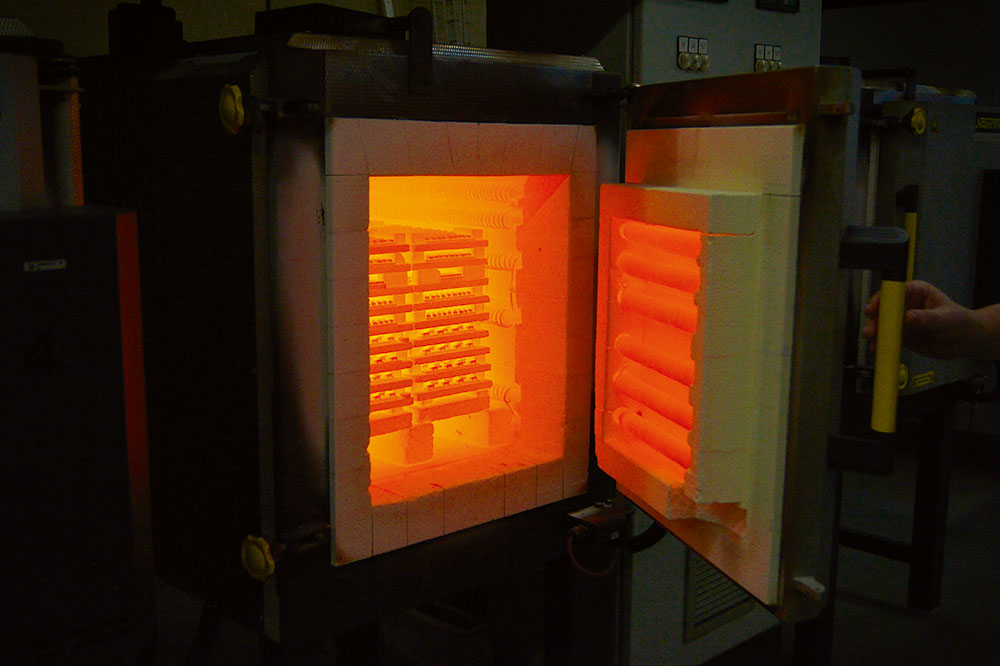The Vancouver-based artist and designer publishes his first monograph, replete with experiments in lighting, sculpture, design and architecture
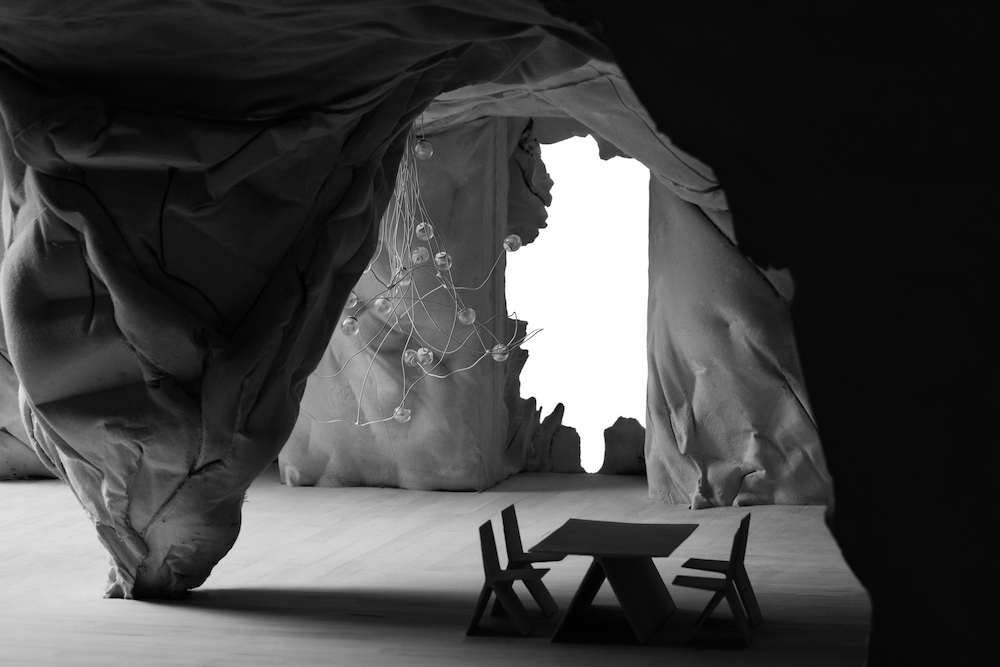
Spherical glass as fierce as molten lava; an angular furniture set cocooned amongst a cave-like canopy; a nest of elongated, spindly arms attached to a series of bronzed bulbs; these are all but a few elements making up the portfolio of Omer Arbel, a Vancouver-based artist and designer known for his experimental approach to processes and materiality. Reaching acclaim for his work across sculpture, industrial design and lighting – and let’s not forget his co-founding of design and manufacturing company Bocci – his lengthy tenure has now been dissected in form of his first monograph, aptly named Omer Arbel, and published by Phaidon.
Omer himself has many titles: an architect, artist, inventor, designer and, perhaps the most unlikely, a competitive fencer. The latter a sport he enjoyed during this younger years, it was a close marriage of strategic play and discipline that enabled him to propel into more creative pursuits later on. “I always knew architecture and making things would be my path, and fencing was a cool side gig. There are lessons I carry with me from that era that come up almost everyday,” he says. “People describe fencing as ‘sprinting and playing chess at the same time’, but I think it is more like backgammon: intuition and willpower play an outsized role, with strategy, perhaps, secondary. Everything happens so fast, there is little time for analysis, so responses are intuitive and must be decisive. Maybe I’ve carried that method of decision making forward into my career, though its relevance is questionable given that projects take years to mature now, not seconds.”
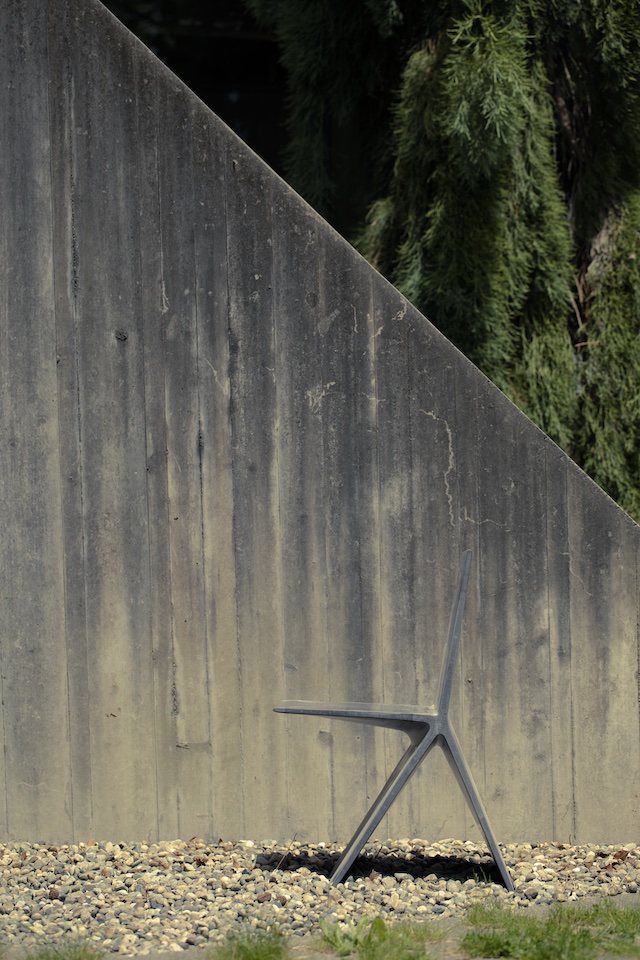
Even if Omer’s work currently adheres to a much slower pace, his decisive (and thoroughly disruptive) attitude shines through fully. This becomes clear within Omer Arbel, a publication housing his broad and experimental projects spanning lighting, industrial design, sculpture and architecture. Each of which is marked in a characteristic identity system of numbers – something he’s incorporated since the dawn of his practice. A “great tool for introspection”, the numbering also means he can skip over the menial and oftentimes tricky task of naming the projects.
Omer has now reached a “mid-career” point, so not only does he delegate more of the workload to his trusted team, but he’s started to reflect. “The nature of the monograph is to offer a survey that covers the entire output of the practice,” he explains, “to invite the reader into our ecosystem of ideas.” Designed by Derek Barnett, the book is constructed with transparent paper, allowing the viewer to identify texts and imagery through its layers – a kind of visual maze that gives a glimpse as to what’s coming next. “This felt true to our process, in which ideas are always infecting other ideas in the studio,” he notes. Meanwhile Stephanie Rebick edited and worked on the curatorial process, organising the chapters and content as well as a collection of excerpts. “Together these strategies offer a scrapbook quality,” says Omer, “at odds with the formality of the monograph trope, which I like.”
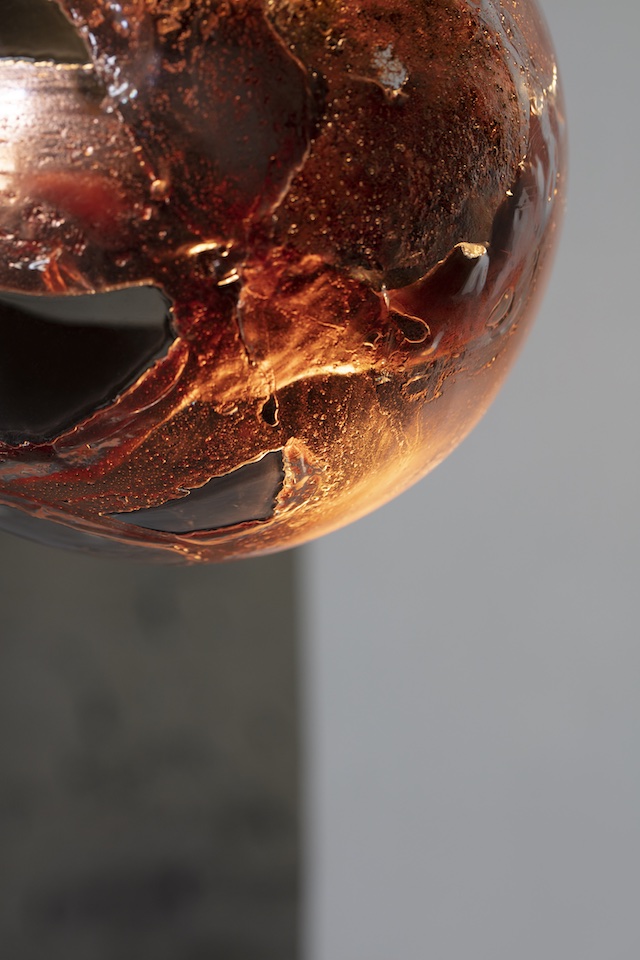
Flick through the pages and you’ll notice the studio’s immense attention to detail and investigation, whether that’s in the literal sense of approaching a brief or through the use of materials, mechanics and applications of light. 64 is pinnacle to this, a project conducted over several experiments with hot beeswax and water set at different temperatures. Omer was inspired to work in this manner after reading Rudolf Steiner’s Nine Lectures on Bees – a philosopher who predicted the declining population of the honeybee. “It is a celebration of a long ritual of transformation, beginning with the bees making the wax and ending with lighting the candle,” says Omer. “Even the transportation of the object is part of the ritual.” The result is this metamorphic object, where twiggy formations of wax amount to a delicate candle structure. All previous associations of how a candle should look and behave are tossed away happily with this creation, and there are many of this kind.
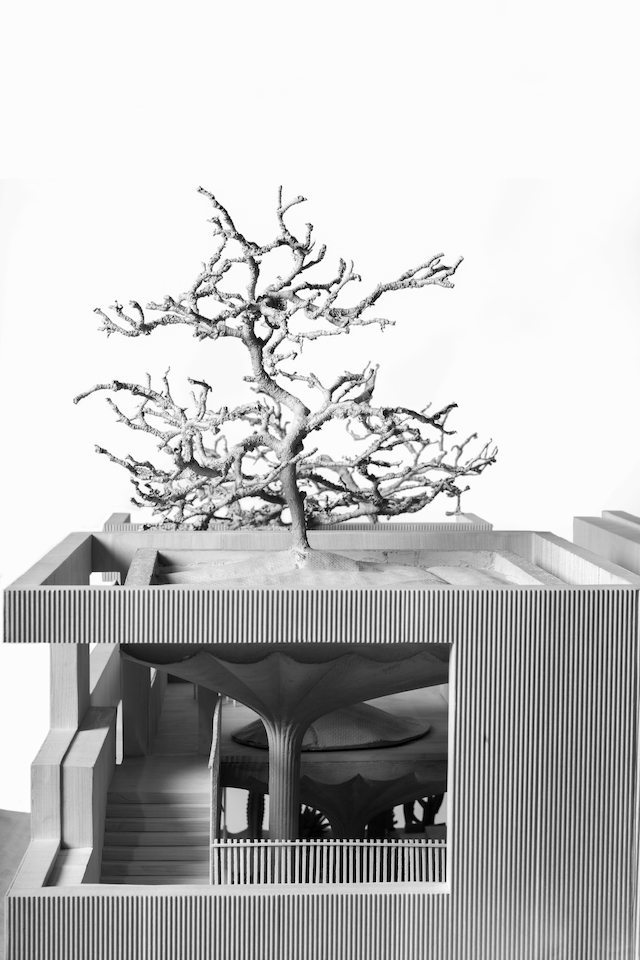
87, for example, is one of the first experiments the studio made with the folding glass technique, presenting the sheer durability of the material. The technique arose from a residency at Pilchuck Glass School in Washington: “Glassblowers there demonstrated what they called ‘a trick’, involving spinning hot glass rapidly on a concrete floor, which caused the glass to fold over itself many times while still malleable, yielding a pearlescent cast. Upon analysis, it became clear that small air pockets in the glass, folded and folded again numerous times, rapidly divided the glass matrix into numerous glass strings with a very small diameter. Each fold stretched and thus reduced the diameter of the air pocket and doubled the number of individual strands in an exponential relationship; thus, the more folds could be achieved, the most interesting the optical properties of the resulting object.”
The method involves a careful “vertical folding motion”, done so with just the right mount of glass for it to be well-handled by the glassblower, before filling it up with air bubbles with soda water, “increasing the intensity of the gossamer effect.” He adds: “The form of each loop is a direct result of the folding motion of the glassblowers. Introducing light on one end of the piece meant that it could travel within the glass filigree, creating a gradient across the length of the piece.”
Throughout the book, these more intricate structures are paired with more large-scale architectural pieces. But no matter the size, each protrude with the creators signature language: one of variety and skill. Omer is a designer who knows no boundaries. In fact, the term inventor might be better suited as his ultimate title.
Omer Arbel is available to pre-order here and will be published at the end of the month
